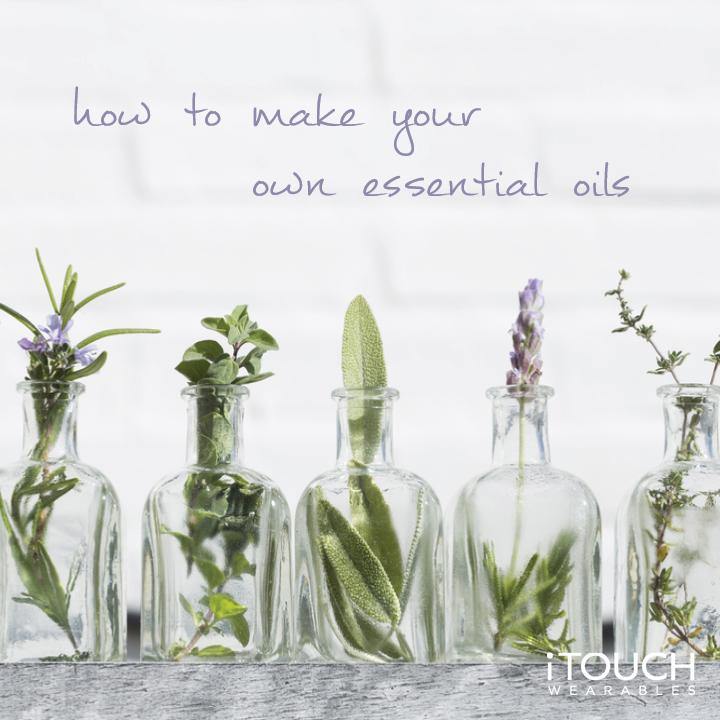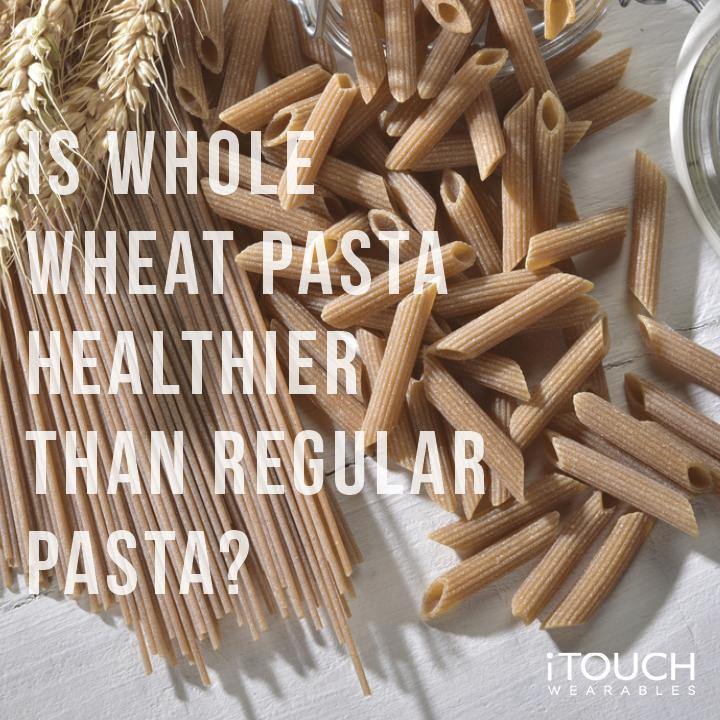
How To Make Your Own Essential Oils
Essential Oils can be a powerful tool when it comes to self-care - especially when used in aromatherapy practice, it can help ease anything from stress and anxiety to even helping with digestion! The compounds of many essential oils have been known to help alleviate stress and anxiety, soothe your mind, and act as a natural relaxant to calm your nerves and muscles. There are many different oils that can help for stress relief, with research finding that essential oils such as turmeric, ylang-ylang, lavender, bergamot, and peppermint being the most effective. However, when it comes to buying essential oils, sometimes they can be known for being a bit costly. The good news is that essential oils are actually quite easy to make at home! Curious? Here is how.
Know The Difference Between Infused Oils and Essential Oils
To begin, it is important to know the difference between infused oils and essential oils. Infused oils are made by soaking herbs in a particular oil to extract the active compounds inside of the herb. Some botanicals, such as calendula, infuse very well and create a very healing oil. However, there are some, like lavender, that are never quite as good as the actual essential oil.
Many essential oils are steam distilled, which means that they are simmered - using the plant material to produce steam, which travels through a tube, which is then run through cold water. The liquid that forms from condensation will be in two parts, a water compound, and an oil compound. The water compound is where floral waters, such as lavender and rose water, come from. The oils that rise to the top are DIY essential oils. The good news is that you do not need any fancy equipment in making these oils - a crockpot will do!
Easy Extraction Guide

Using this method, you can extract essential oils from plants you might not normally find oils from. It makes the perfect tool for any beginner!
From DIY Naturals
What You Will Need -
- A Crockpot With Lid
- Distilled Water
- Enough Plant Matter To Fill About 1/2 Of The Crockpot - Usually 3 - 4 Cups | Chopped
- Time
Directions -
- Place the plant matter in the crockpot and cover with water. The water shouldn’t fill more than ¾ of the volume of the crockpot. Put the lid on upside down. (The concave structure will allow any steam that forms to condense and fall back into the pot. If you don’t have a lid, you can use a plate).
- Turn the crockpot on high to heat the water. Once the water is hot, turn down to low. Simmer on low for 3-4 hours.
- After the plant material is cooked down, turn off and let cool. When it is cool, place it inside of the crockpot into the refrigerator. Leave it in overnight.
- The next day, pull the crockpot out of the refrigerator. A thin film of oil will form on the top and will be hard after cooling. (These are your DIY essential oils!) Carefully lift the oil off of the water. Work fast – it will start to melt quickly!
- Place this into a bottle and cap. Label contents well. There may be a small amount of water-based liquid on the bottom. You can gently heat the oil to turn the liquid to steam and release it from the oil. Don’t heat the oil for too long as it can lose its potency.
- Store in a glass container away from light and heat.
Tips To Remember

When it comes to making your own essential oils, there are a few things to know and consider.
- It’s best to use fresh plant material rather than dried. Dried herbs will still yield some oil, but fresh will result in more volume. Harvest plant material in the morning after the dew has dried. Make sure to discard any dead, diseased, or bug-infested herbs.
- You’ll need at least 3-4 cups of plant material. This will result in a few teaspoons of DIY essential oils.
- Chop your plant material to increase the surface volume and allow more of the oils to escape.
- Distilled water is important since tap water can have bacteria or other contaminants that may spoil your mix.
Once you know these tips and start experimenting, you will be making essential oils in no time!
Share with us if you want to make DIY essential oils by tagging us on Instagram @itouchwearables and Facebook @itouchwearables. Also, be sure to check out our new articles published daily and the latest styles on iTouchWearables.com!
-Patrick



